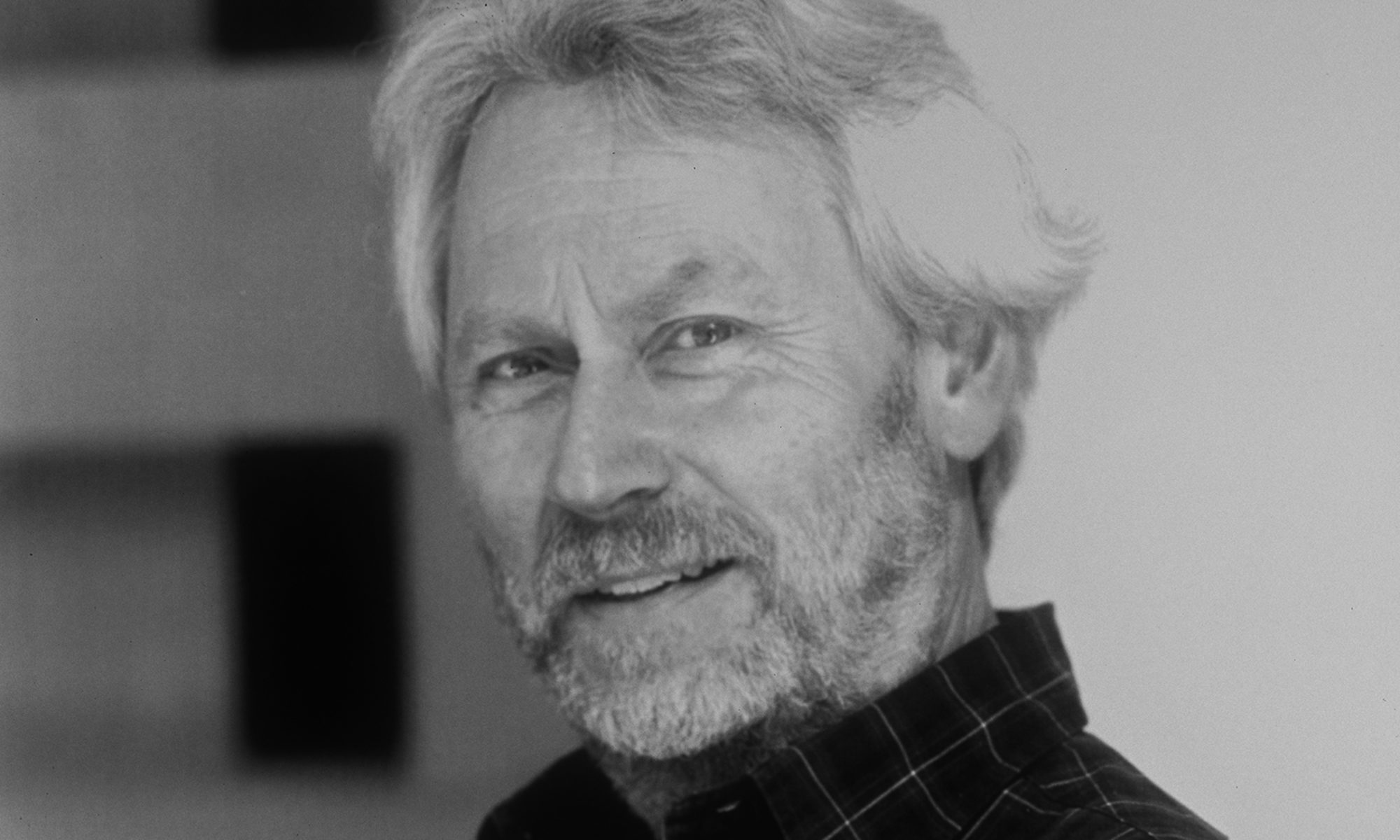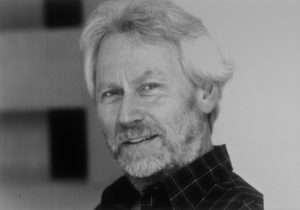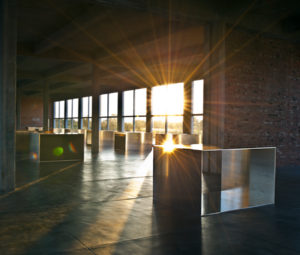Donald Judd revolutionized practices and attitudes surrounding art making and the exhibition of art, primarily advocating for the permanent installation of works by artists in carefully selected environments. Judd achieved this goal for his own work and that of his colleagues at both his studio and residence at 101 Spring Street in New York and in various locations in and around Marfa, Texas.
Born Donald Clarence Judd on June 3, 1928, in Excelsior Springs, Missouri, the artist served in the United States Army in Korea, then attended The College of William and Mary, Williamsburg, Virginia; the Art Students League, New York; and Columbia University, New York, where he received a B.S. in Philosophy, cum laude, in 1953.
Judd’s first solo exhibition was in 1957 at the Panoras Gallery, New York, the same year he began graduate studies in art history at Columbia University. Over the next decade, Judd worked as a critic for ARTnews, Arts Magazine, and Art International; his subsequent theoretical writings on art and exhibition practices would prove to be some of his most important and lasting legacies.
Beginning in the 1960s, Judd exhibited regularly and widely at galleries in New York as well as across the U.S., Europe, and Japan. During his lifetime, major exhibitions of Judd’s work occurred at The Whitney Museum of American Art, New York (1968, 1988); The National Gallery of Canada, Ottawa (1975); Stedelijk Van Abbemuseum, Eindhoven, The Netherlands (1987); and The Saint Louis Art Museum (1991), among other museum exhibitions. More recent exhibitions have taken place at The Museum of Modern Art, Saitama, Japan (1999); Walker Art Center, Minneapolis (2001); and Tate Modern, London (2004), among others.
Judd received grants and awards from the National Endowment for the Arts, the Swedish Institute, and the John Guggenheim Memorial Foundation, among others. He married dancer Julie Finch in 1964 (later divorced) and had two children, son Flavin Starbuck Judd in 1968 and daughter Rainer Yingling Judd in 1970. While still maintaining his building in New York at 101 Spring Street, Judd moved to Marfa, Texas, in 1972, where he would live and work until his death on February 12, 1994.




